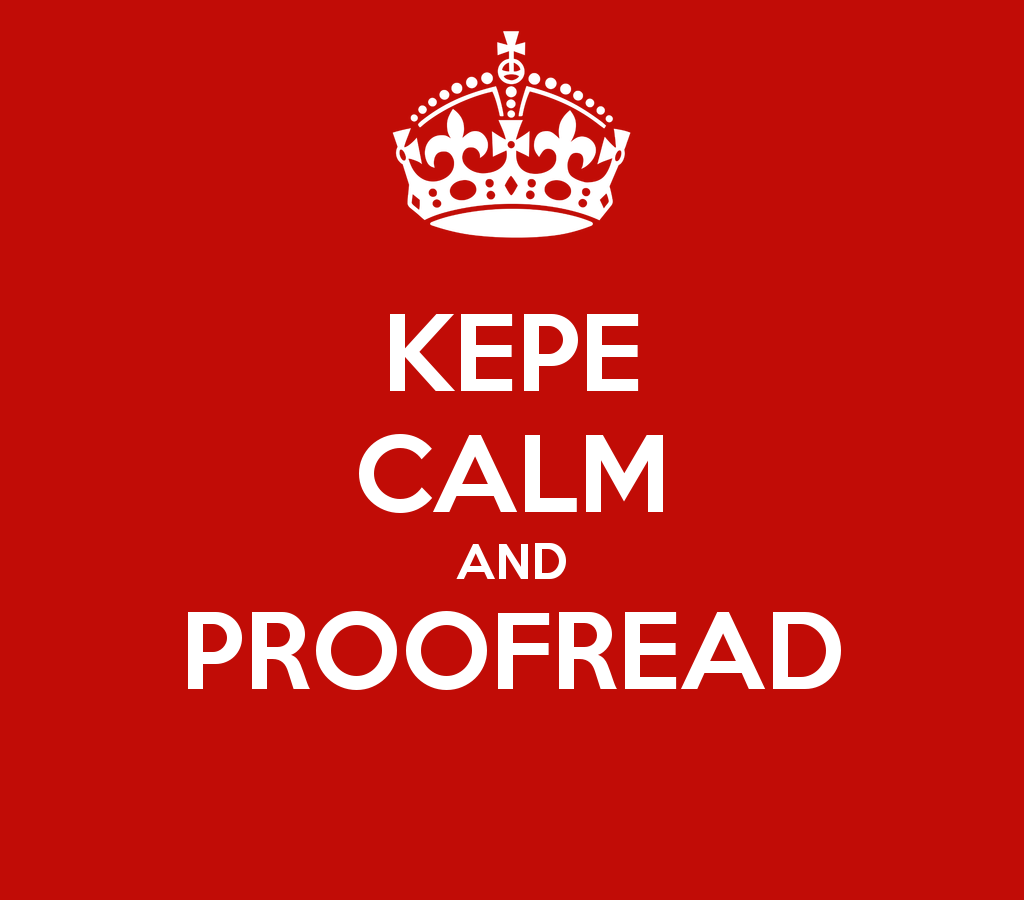
Proofreading tips to help professional writers, students, or anyone that writes as part of their work day. Error free writing and typing is possible!
The skill of proofreading is necessary whether you are a student, a professional writer, or someone who creates lots of office memos. No matter the context in which you are writing, there are systematic procedures that you can follow to ensure you produce the best work possible.
There are three types of proofreading: Comparison, content, and format. A comparison proofread may not be applicable to every project you do. It applies to projects in which you have an original document you are copying from. This ‘original document’ could be your own handwritten notes, they could be a typed document that needs to be re-typed because a file was lost, or they could be a document with changes scrawled by hand all across the pages. A comparison proofing requires a word for word, character for character comparison of the new document and the old document. The purpose of this reading is to make sure that the exact same words and punctuation are in both documents. A comparison proofread is the first type of proofing that will take place.
For a content proofread, you may put aside the original document and focus on the new document. At this stage, you will be looking for correct sentence structure, logic, spelling, punctuation, and factuality. You will also be looking for consistency. If your memo says, “(s) he would be in violation of company policyâ and then later states ” he/she would need to report the incident to the appropriate supervisor”, there is a consistency error. A change should be noted to use either “he/she” or “(s) he” consistently. The purpose of the content read is to make sure the document is correct and reads well.
Finally, a format proofread is performed. A format proofing is just what it sounds like. You are looking for a correct format and consistent format in the document. There are certain formatting conventions that are followed when typing, for example, a business letter. There may also be specific formatting rules when typing a memo for a company. An easy way to start a format proofread is to ‘scan the edges’ of the document and look for anything that sticks out and doesn’t look right. Then look at the overall page: Does it look balanced? For example, is the text consistently justified or consistently left aligned? Now scan the document and pay attention to the spaces instead of the words. Take out any extra spaces you find within the text. Finally, this is the time when you will check page numbers and footnotes, if applicable.
Give yourself ample time to go through each of these three types/stages of proofreading for the cleanest most professional resulting document. The following tips will help you do a more accurate proofing at any stage:
1. Always proof from a hard copy. Do not try to proof a document from your computer screen; you will miss many errors this way.
2. When marking the document, try using proofreader marks. If you are unsure of the proofreader mark for a particular correction, write out the change you want to make. Be clear and specific about your corrections, do not simply circle the errors.
3. When possible, do not proofread your own work. You know what you mean to say, so you are more likely to skim over errors. If you are able, get more than one person to proofread your work. Everyone has different strengths and they will find different errors.
4. Break down your tasks. When you are doing a content proofing, the number of things you need to look out for may overwhelm you. It is best to break it down into quicker, more specific proofreads rather than one big proofread. For example, do one proofing for spelling and punctuation, next proof the document for grammatical errors, then do a third content proofing for factuality and consistency.
5. When you are doing a comparison proofread, use a straight edge (such as a ruler or piece of paper) as a guide. If you carefully move the straight edge from line to line on the original document, you are less likely to miss omitted text in the new document.
6. During a proofing for spelling, try reading the document backwards. When each individual word is looked at, outside the context of a sentence, you are less likely to miss spelling errors.
7. After corrections have been made, don’t forget to proof the revised document. First check to see that all the corrections were made, then read over the document one more time to make sure you didn’t miss something the first time around!
